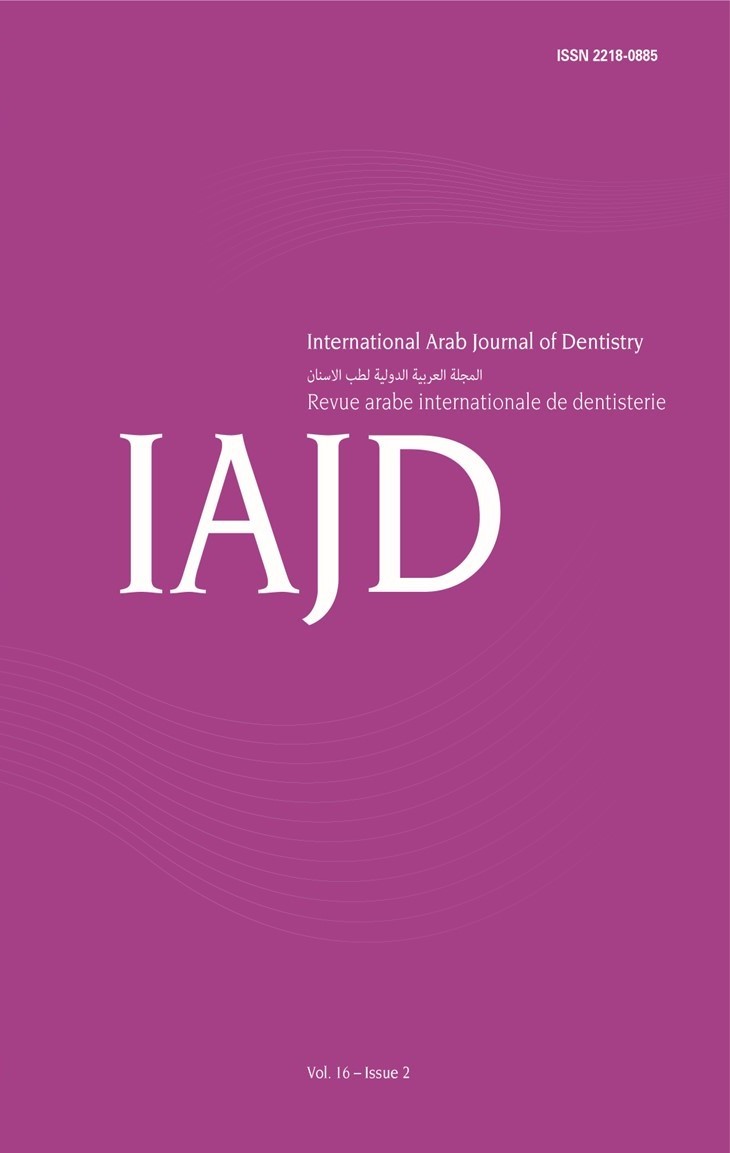Abstract
Objectives:
The main objective of this study was to evaluate the effectiveness of PRF in promoting soft tissue healing and bone regeneration after extraction in the anterior maxillary region. A secondary objective was to correlate soft tissue change with underlying bone structure variation. Finally, the study also aimed to compare soft and hard tissue alteration based on different types of extracted teeth.
Methods:
The sample included five adult patients requiring the extraction of at least two symmetrical teeth in the anterior maxilla, totaling fourteen teeth. Participants underwent CBCT scans and digital impressions before extraction. Concerned teeth were then extracted, and extraction sites were randomly assigned either to the experimental group (PRF) or the control group (without PRF). Ten weeks after extraction, follow-up CBCT scans and digital impressions were performed. The evaluation of soft and hard tissue changes was carried out by superimposing and aligning preoperative and postoperative CBCT scans and STL files.
Results:
After ten weeks of healing, the study revealed an increase in soft tissue thickness of 38% and 34% at 2 mm and 4 mm, respectively, for the control group. As for the experimental group, soft tissue thickness increased by 18% and 22%. Regarding hard tissues, the control group showed a resorption of 33% and 25% at 2 mm and 4 mm, respectively, while the experimental group showed a resorption rate of 23% and 22%. The central incisor exhibited the highest hard tissue resorption, followed by the canine, while the first premolar showed the least resorption.
Conclusions:
Within the limitations of this study, we observed better dimensional changes in hard tissue and soft tissue healing after extraction in the group where PRF was used.

